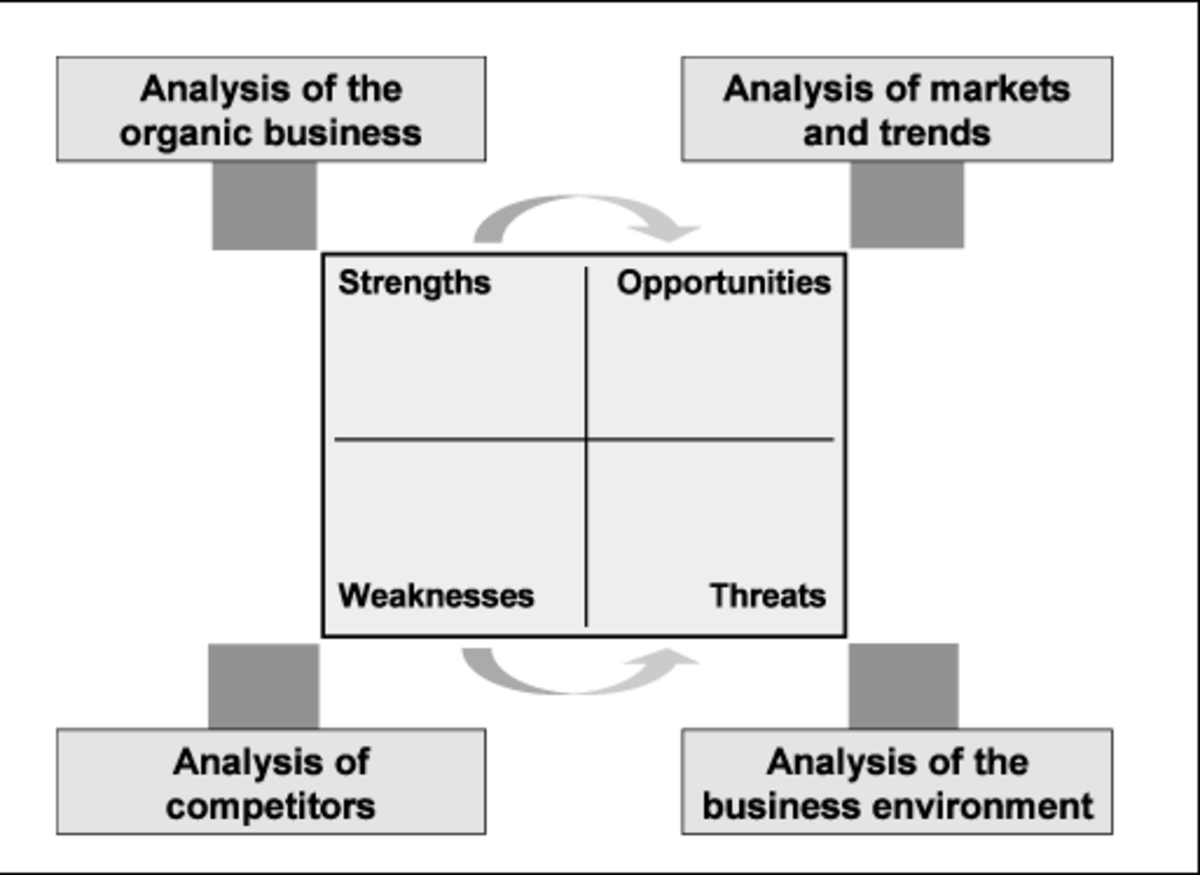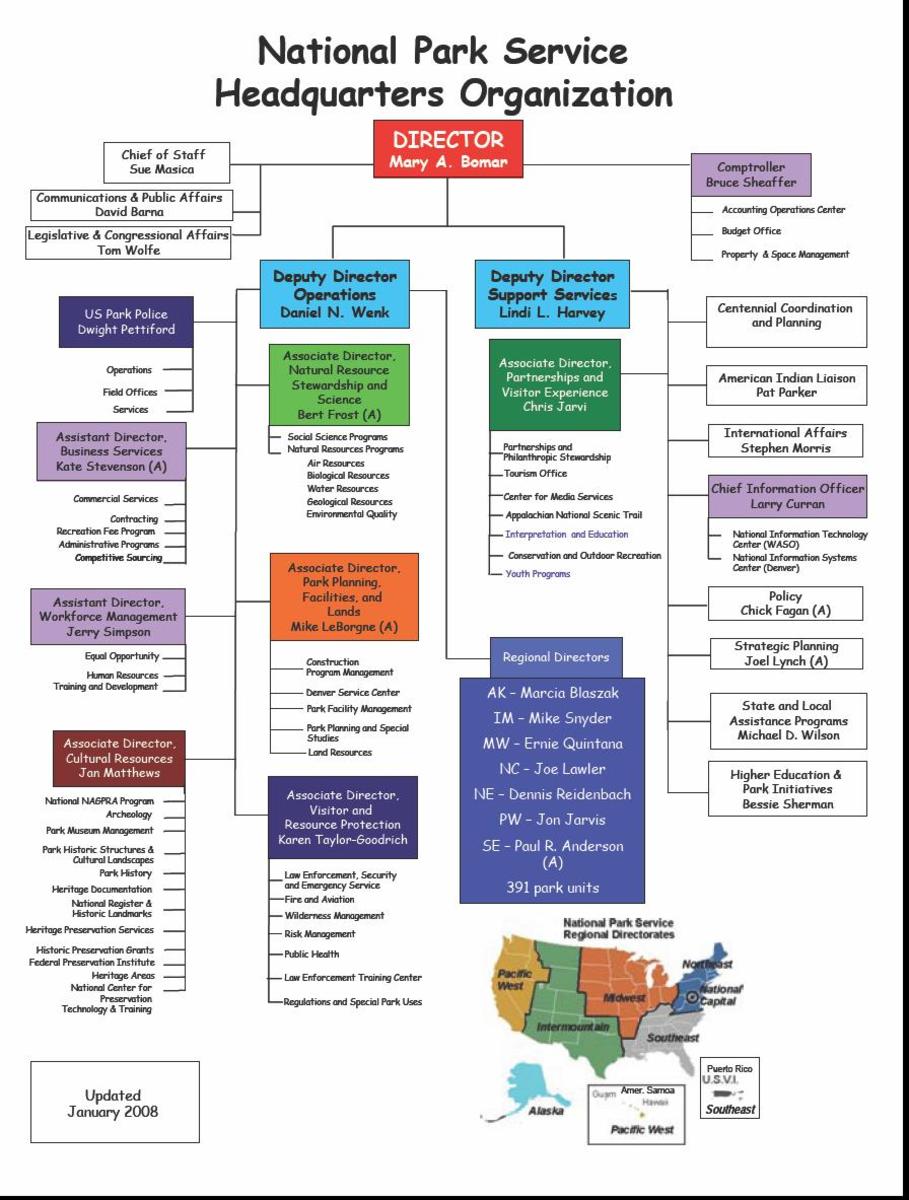Dengan itu, di sini saya sertakan artikel dalam bahasa inggeris berkenaan panduan menyediakan perancangan perniagaan.
Artikel dari sini.
------------------------------------------------------------------------------
While writing a business plan may seem like a formidable task, it is actually quite easy. Most business plans follow a fairly formal structure. Below I will describe the basic outline business plans follow (as recommended by the U.S. Small Business Administration) and give an explanation of each section.
Keep in mind that your own business plan may vary depending on the type of business you want to start. A nightclub business plan, for example, may vary significantly from a construction business plan. Furthermore, an old, well-established business is going to have more information to share than one that has yet to even launch. Nevertheless, the basic business plan structure will remain the same- all you have to do is flesh out its parts accordingly.

Business Plan Structure
The basic structure of a business plan is as follows:
- Executive summary
- Market analysis
- Company description
- Organization and Management
- Marketing and Sales Management
- Service or Product Line
- Funding Request
- Financials
- Appendix

Executive Summary
The executive summary gives an overview of your business and is, many argue, the most important part. It should be concise, to the point, and perfectly written.
Within the executive summary, you should include the following details:
- Your business's mission statement, which sums up the purpose of its existence
- The date your business began
- The number of people your business employs
- The location(s) of your business
- A description of your business's current locations
- Products and/or services offered by your business
- An overview of your business's financial backing
- A summary of your company's growth
- An overview of your future plans for the business
The executive summary should be followed by a table of contents. The table of contents should serve as a succinct listing of the contents of your business plan. Do not go into detail.
Though the executive summary is the first part of your business plan, it is best to write this part last.


Market Analysis
In this section of the business plan, you must illustrate your knowledge of the industry in which your business is to operate. It should include the following elements:
- An industry description and outlook: Describing your industry, its size, growth rate, life cycle stage, major consumer groups, and trends.
- Information about your target market: Describing the people to whom you want to offer your product or service (hint: it's not everyone) in terms of distinguishing characteristics, demographics, psychographics, size, potential for growth, and purchasing cycles. You will also need to describe the extent to which you can gain market share with your target demographic, as well as your pricing strategies and which media you will utilize to reach it.
- Any market test results: In the event that you have conducted primary research regarding your product or service, a summary of your studies and findings would be added to this section. Specific details should be a part of the appendix - this is just a summary.
- A discussion of lead times: Lead time is the time between a customer order and the final delivery of your product or service. If your product or service has any delay, it must be discussed here. Keep in mind the impact that any potential relocation of production may have.
- Competitive analysis: Including an identification of major competitors by product/service and market segment complete with SWOT analysis (analysis of strengths, weaknesses, opportunities, and threats).
- Regulatory issues: A discussion of any legal or regulatory issues that apply to your company and how it shall comply with regulations, as well as how such compliance might impact the company competitively or financially.
Company Description
This is the fun part of your business plan - the section in which you give a bird's eye view of your business.
Included in your company description should be a brief explanation of how your business meets customers' needs, details about your business and the various elements of which it is comprised and reasons why your business should be particularly successful (e.g. your employees have unique and highly useful skills, your resumes show a proven track record, your business is able to monetize in a way that competitors have yet to realize...).
As you put together your company description, consider answering these questions:
- Why are you in business?
- What market needs does your business satisfy?
- How does your business plan to satisfy these needs with its products and services?
- How can your business satisfy customers' needs better than the competition?
- How is your business structured?
- Of what elements (departments, people, branches, etc...) is your business comprised?
- How do these elements fit together?
- How do any elements of your business provide a competitive advantage?

Organization and Management
In this section of your business plan, you are to describe your company's organizational structure. This includes information about the company's ownership (names, percentages of ownership, nature of involvement, outstanding stock, etc...), information about the top management team (basic resume info), the credentials of the company's board of directors (basic background), and profiles of any branches or divisions that the company might have.
One of the simplest ways to share information about the actual structure of your company is to include an organizational chart with a short written description.
If you are creating a business plan in the process of fleshing out a business idea, obviously you will not have much to add to this section, however you may include in this section any details about how you would your business to be organized and managed in the future.
Marketing and Sales Management
Here is where the plan part of a business plan really shines through. In this section of your business plan, you are to describe your marketing strategy - how you will attract and maintain customers. This section can be broken down into two sub-sections: your overall marketing strategy and your overall sales strategy.
When summarizing your marketing strategy, be sure to detail:
- Your market penetration strategy
- Your growth strategy
- The channels through which you will distribute your product and/or service (e.g. through online stores, retailers, wholesalers, etc.)
- Your communication strategy (which includes how you will advertise to customers, execute public relations strategies, and generally get the word out)
- Whether or not you will have a sales force and how you may intend to manage and utilize it (Will it be outsourced or in-house? How will you recruit, train, and compensate your sales force?)
- Your sales strategy (How you will actually go about finding potential customers, contact them, and sell to them)
Service and/or Product Line
If you are just starting to outline a business that you hope to create, this is going to be one of the biggest and most important parts of your business plan.
It is here that you go into more detail describing exactly what it is your business intends to provide or sell.
Make sure you cover:
- A thorough description of your product and/or service from the perspective of your target market
- An explanation of how this product or service meets customers' needs
- An explanation of why your target market would choose what you have to offer over other alternatives
- Details on your product's lifecycle (Where is it now? How fast is it progressing through its lifecycle? How will it evolve as it progresses through its lifecycle?)
- Information on any copyrights, patents, or legal agreements your product has or shall have in the near future, as well as on any trade secrets your company may hold
- R&D activities in which your company is involved, as well as any research and development that your competitors may be engaged in, should it have the potential to impact your own business

Funding Request
In this part of your business plan, you may request funding needed to start or expand your business. Should you have considered several different growth plans, you may have more than one funding request to present, giving present or potential investors something of a choice.
Be sure to include in this section:
- Your current funding requirements
- Funding you may need in the next five years
- How funds will be used (e.g. for capital expenditures, acquisitions, debt retirement, etc...)
- Long-range financial plans and how they may impact your funding request (it is here where you may describe various potential future scenarios and how they would affect funding, or discuss the impact that going public or selling your business may have)

Financials
This section can be broken down into two parts, the first sharing your historical financial data and the second detailing your prospective financial data.
When describing your financial history, you will be expected to offer records that go back at least three to five years, and the following documents should be included:
- Forecasted income statements
- Balance sheets
- Cash flow statements
- Capital expenditure budgets
With regard to prospective financial data, you should be prepared to describe what you think your company will achieve financially for the next five years. These predictions should include:
- Forecasted income statements for each year
- Forecasted balance sheets for each year
- Forecasted cash flow statements for each year
- Forecasted capital expenditure budgets for each year
You should conclude this section with an analysis of your financial situation - this ought to include a ratio and trend analysis according to SBA.gov. One final tip is to utilize charts and graphs as much as possible! They're better at summarizing data than paragraphs.
Appendix
No one section of your business plan should be excessively long - when you find yourself diving into the minute details of your business, consider shortening your dicsussion and moving the details instead to the appendix of your business plan.
The U.S. Small Business Administration also suggests you include the following elements in the appendix:
- Product photos
- Credit history (both for your business and yourself - this is especially important if you are just starting your proposed business)
- Resumes of the top management
- Reference letters
- Details of market studies
- Relevant research and media articles
- Licences
- Patents
- Permits
- Legal documents
- Copies of leases
- Building permits
- Contracts
- A list of business consultants (e.g. your company accountant and attorney)
One Final Note
Your business plan contains key information about your business - its strengths, weaknesses, strategies, secrets, and plans. Clearly, you will want to be careful about who has access to it.
Make sure that your business plan includes a private placement disclaimer if you intend to use it to raise capital. This disclaimer should be created with the help of your company attorney and must be positioned as the first page of your business plan. It essentially tells readers that the document is confidential and should not be shared or copied.
Keep a record of the individuals who have been given a copy of your business plan. This will help you not only protect important trade secrets and strategies, but also know who will need an updated copy should you change your business plan at any time.
Happy Business Plan Writing!
I hope you've found this overview of the business plan form to be helpful. Starting a business is an extremely exciting thing, and though it involves a great deal of hard work, your initial idea may be something that will not only change your own life, but also impact the lives of many others as well - and hopefully for the better!
Good luck with writing your business plan and starting your new business!





